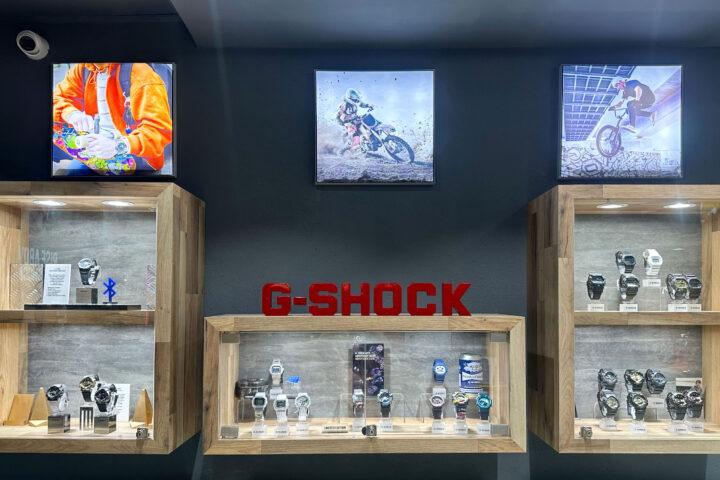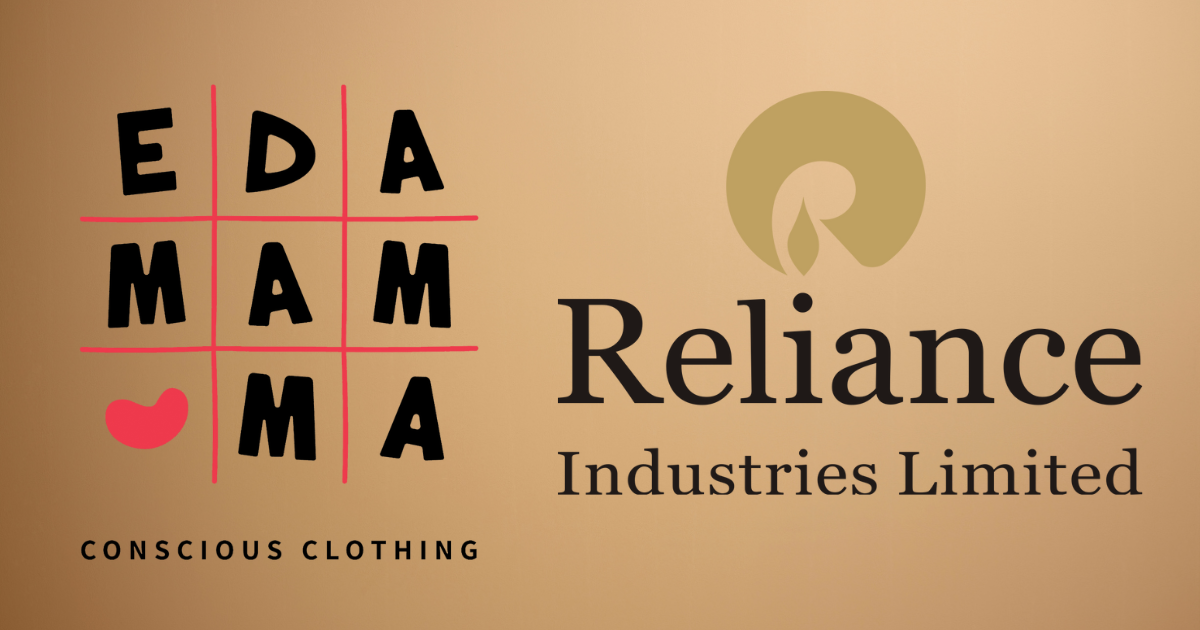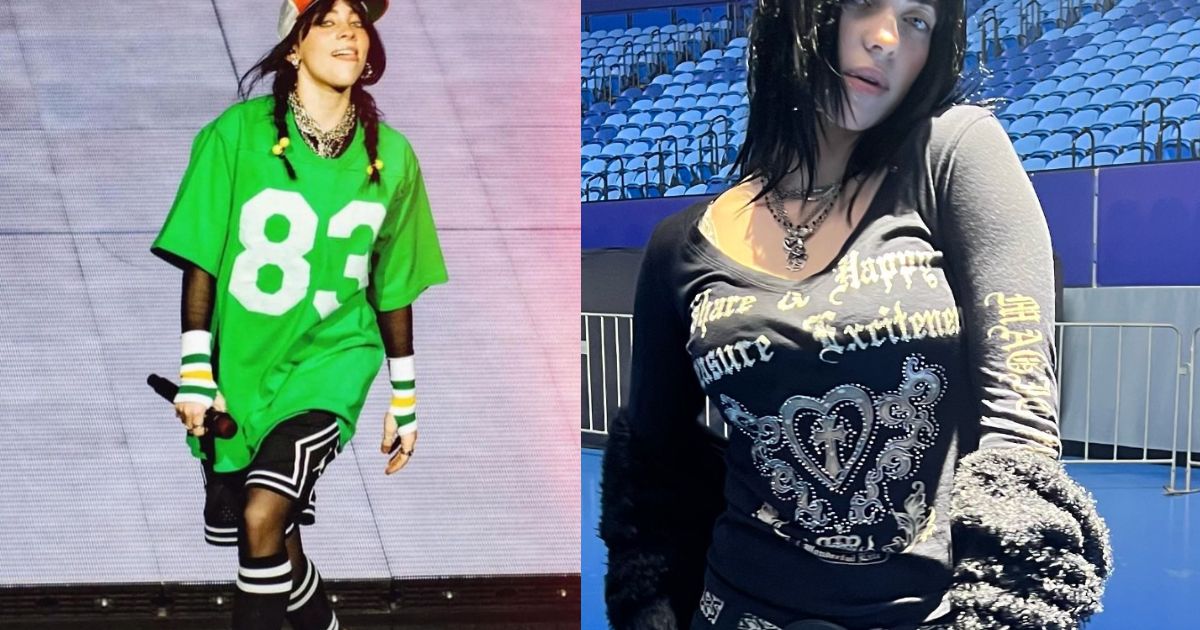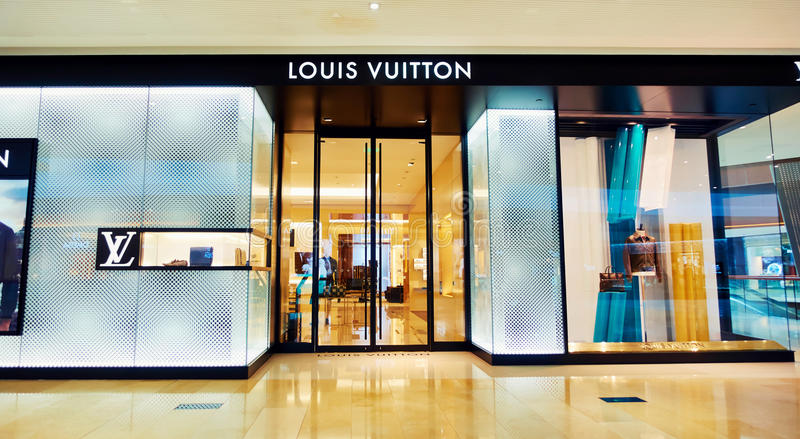The fashion industry is famed for its ability to create trends, and it is currently working on its most crucial trend yet: sustainability. And, unlike some poor fashion choices, this is a trend that everyone can support. We’ve heard that even Nordstrom is now selling second-hand apparel. Everyone is waking up to the fact that consumer preferences have shifted, and she now prefers more environmentally friendly products.
Customers are increasingly concerned about having a beneficial impact on the environment. According to research, 88 percent of consumers want firms to assist them in being more environmentally conscious. Fashion, on the other hand, is known for its wasteful methods that harm the environment. Fashion production accounts for 10% of global carbon emissions, which is higher than international flights and maritime freight combined. The apparel sector is to blame for 20% of all water pollution in the globe. If current trends continue, the fashion industry will account for 26% of global carbon emissions by 2050. Something must be done to correct the problem and disrupt the industry.
The fashion business produces 400 billion square meters of textiles each year, resulting in 60 billion square meters of cutting room trash. Sustainability isn’t merely a bandwagon for stylish consumers to thumb a lift in today’s pandemic-mutating world, afflicted by global warming and deprivation, and where fashion and lifestyle choices directly affect the environment. It’s a personal decision that encompasses environmental protection, seeking and resurrecting dying traditions and lost legacies, and assisting thousands of artists who have lost their jobs due to the coronavirus.
A slew of young Indian neo-fashion pioneers are pushing the boundaries of traditional creative imagination by incorporating local and exotic materials such as beeswax, watch parts, and coconut accessories, as well as cross-national techniques, exquisite but obscure traditions such as rural tile-making, and customizing avant-garde natural designs to elevate Indian design to new heights.
Fast fashion, like a cheeseburger, is rapid and innovative, enticing to the eye but bad for the body and the environment. Many fashion behemoths are shifting to a circular fashion economy, which has three main characteristics are the same garments must be worn and used more frequently, creating apparel with safer renewable materials, thereby discarding non-renewable materials, and reinventing and refashioning old garments while recovering textiles and fibres.
Suta Bombay
The sister duo has realised how involved everyone is in an irreverent lifestyle that moment they decided to take responsibility for the choices and try to live an eco-friendly existence. People’s priorities have shifted so much over the decades that it appears to have lost sight of the impact our species has on the environment. Some of the practical ways that simple measures can be taken at work were taken up by them to guarantee that we are on a sustainable path. At Suta, they re-use the internal packaging. Saree and other products are sent in eco-friendly cloth bags that can be used for shopping. Consistency in putting into practice realistic eco-friendly actions puts them on the road to a better future.
Pantone
A trendy cause is fashion. Pantone’s 2021 Colors of the Year are Illuminating (bright yellow) and Ultimate Gray, but the heart of fashion is turning green. As ethical lifestyles in eating, constructing, living, travelling, motoring, and shopping hint at making the world a guilt-free place, sustainable fashion is the rising trend in the world of print and couture. According to the Ellen MacArthur Foundation, which is urging fashion to adapt to a circular economy, one truck capacity of textiles is landfilled or burned every second somewhere on the planet.
Tentree
There have been some ventures that have given fashion a different aspect and aimed at trendy, sustainable and versatile fashion. Tentree lives up to its name by planting 10 trees for every item purchased, and even provides consumers with a number to follow the progress of their trees. By 2030, it is on schedule to plant one billion trees. Tentree’s apparel is made in ethical factories from ethically sourced and sustainable materials such as cork, coconut, and recycled polyester.
Everlane
Everlane combines sustainability and openness by disclosing the precise cost of each item to customers and displaying the factories where the items are created. To ensure that staff and production follow Everlane’s high ethical standards, the firm cultivates strong ties with factory owners. Everlane also just launched a clothing collection made from recycled plastic bottles and other repurposed materials.
Pact
Pact, this family-owned business in Colorado sells certified organic and fair-trade clothes. The entire supply chain is as sustainable and clean as possible, from cultivating and harvesting non-GMO cotton to producing the final pieces, and includes procedures that use substantially less water than standard cotton. Many of Pact’s goods are also made from recycled garments and linens.
Patagonia
Patagonia not only uses environmentally friendly materials in its outerwear, but it also encourages customers to mend old gear rather than buy new. Patagonia practises fair trade and keeps a careful eye on its supply chain to ensure that it is safe for the environment, employees, and customers. Its mission is to develop solutions to environmental problems that do not hurt the environment. Customers are urged to recycle old Patagonia gear and buy used things because the products are so durable.
Levi’s
Denim is known for using a lot of water to make a pair of pants, but Levi’s new WaterLess range utilises up to 96 per cent less water. Levi’s is committed to sustainability throughout the design and production process for this and all of its goods, including aiming toward 100 per cent sustainably sourced cotton and recycling old jeans into home insulation.
H&M
With the Conscious line, composed of organic cotton and recycled polyester, H&M is moving away from its fast-fashion beginnings. The company intends to lessen its environmental footprint by employing eco-friendly textiles and more sustainable production practices. Customers can also recycle unwanted clothing and receive a discount on a future purchase at H&M locations. By 2030, H&M wants to employ exclusively sustainably sourced materials across the board.
Reformation
To help clients understand the impact of their apparel, Reformation includes a description and score of its environmental footprint with each attractive piece. The pieces are manufactured in fair pay contexts using repurposed and sustainable materials. Since 2015, Reformation has been carbon neutral, and its manufacturing helps to safeguard deforested areas. Customers can also trade in their old clothes for credit toward new items at Reformation.
Vert Amour
To avoid wasting unsold items, this clothing manufactures outfits using ethically produced materials in smaller numbers. Amour Vert works directly with mills to ensure that products are manufactured with non-toxic colours and the most environmentally friendly textiles. Amour Vert plants a tree for every item purchased. In addition, the organisation has a zero-waste commitment and seeks innovative ways to recycle and reuse products.
Eileen Fisher
From the materials used to the ethical treatment of the people who sew the items, every facet of Eileen Fisher’s design and manufacturing process is meant to be as sustainable and eco-friendly as possible. To reduce fabric waste, the company avoids air transportation and employs innovative technologies. If the clothes can’t be resold, Eileen Fisher buys them back to recycle them into new outfits or transform them into art.
People Tree
People Tree was one of the earliest sustainable fashion firms, having been founded in 1991. The World Fair Trade Organization recognizes it as the only company that spends extensively on sustainable and environmentally beneficial methods, such as organic farming. People Tree uses sustainable resources such as organic cotton, natural fibres, and chemical-free dyes to support fair wages and healthy working conditions.
Consumers want to shift away from rapid fashion and toward more environmentally friendly solutions that are both fashionable and responsible. These businesses demonstrate that even minor changes to materials and methods can result in significant and much-needed changes in the fashion industry.
Rahul Mishra
In locations like West Bengal, Assam, Kerala, Madhya Pradesh, and Varanasi, the ten-year-old sustainable luxury label Rahul Mishra employs extensive handmade techniques to promote craft sectors. The designer, a strong supporter of reverse migration, takes delight in assisting his artisans in returning to their communities to work from their homes.
Kaisori
Emily, the founder of Kaisori, is a traveller at heart who has spent the last 25 years exploring India and falling in love with its arts and crafts. Her objective is to revitalize its legacy across the metropolitan landscape so that India rediscovers its love for handcrafted organic items like baking Athangudi tiles, a 150-year-old Tamil Nadu art form, and dabu work with phetiya designs from Akola, a hamlet between Chittorgarh and Udaipur.
Process Handcrafted goods are manufactured with natural materials and skills, resulting in continual work and progress for artists and the operation of a long-term business. Kaisori has 30 clusters across India, with over 500 artisans specializing in over 25 different crafts.
We need to take responsibility for our daily decisions as professional women. Commit to buying fewer items, wearing fewer clothes per day, and investing in pieces that will last. Wear clothing that will take you from the boardroom to barre class on your busiest days. Those of you who work on projects know how long the days can be, and investing in basic workwear is quickly becoming a valuable asset.
It’s all too easy to lose sight of the significance of purchase or the power you wield as a customer. Every day, we can take little effort to pave the way for a more sustainable fashion future.
Footnotes:
- October 7th, 2019, Amanda Cotler, Why Sustainable Fashion Matters. https://www.forbes.com/sites/ellevate/2019/10/07/why-sustainable-fashion-matters/?sh=55dcb16171b8
- February 24th, 2020, Blake Morgan, Companies leading the way in sustainability. https://www.forbes.com/sites/blakemorgan/2020/02/24/11-fashion-companies-leading-the-way-in-sustainability/?sh=77a394ca6dba










